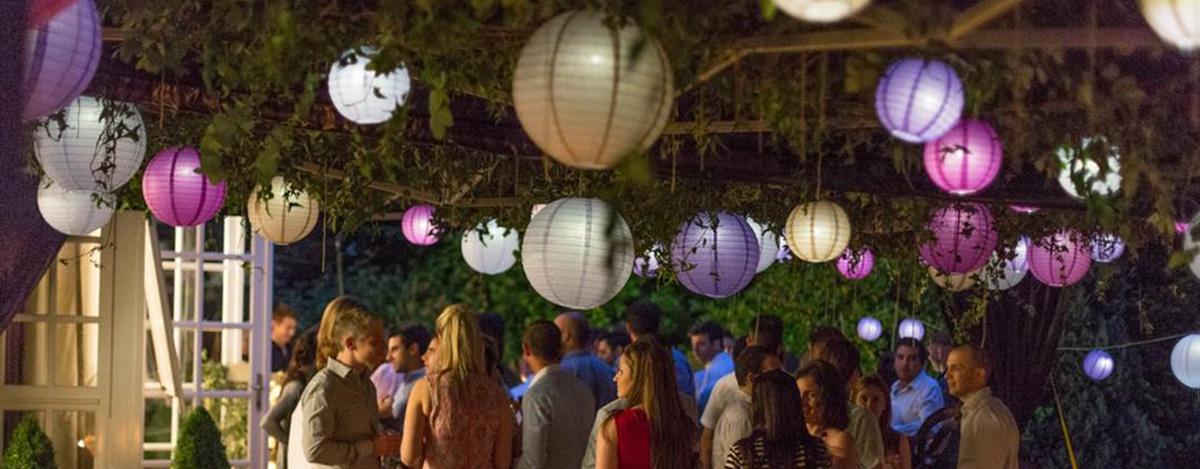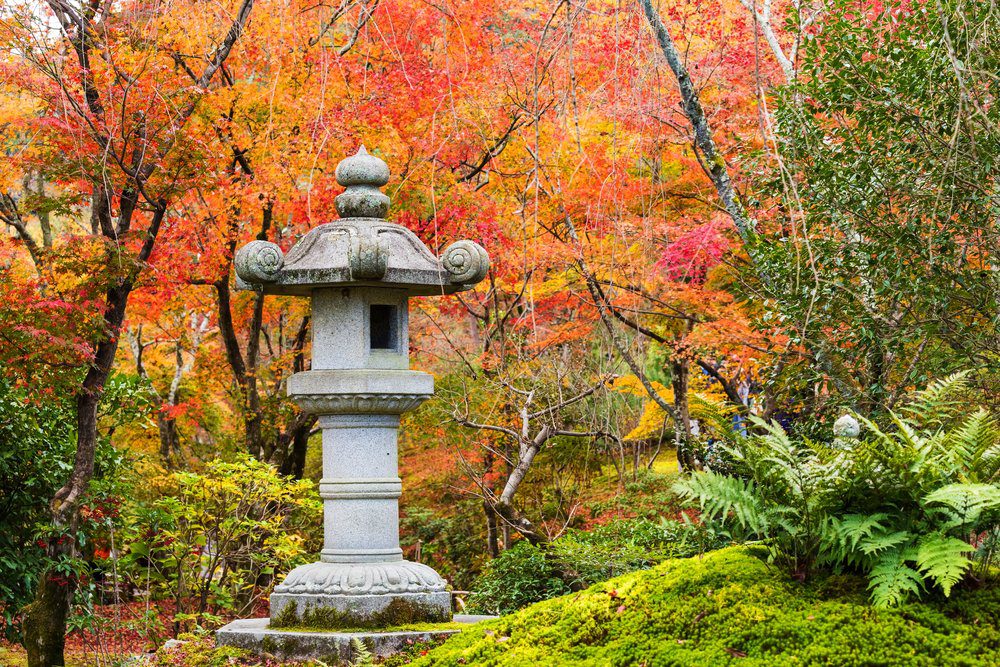Peace, balance, and mysticism are important ingredients we find in any well-designed Japanese garden, as well as open spaces. The garden should incorporate contrasts in texture and usually include a large rock or granite bench.
To represent water, sand is often included in a garden, even in a small section. Granite lanterns and rocks, both large and small, are used to symbolize land and permanence and can actually tell a story in the garden. Granite and Bamboo Fountains represent the passage of time, change, and transitions and are often included near the sitting area where you can best enjoy the visual interest. Plants in a Japanese Garden are carefully selected for flowering beauty or attractive foliage and their architectural structure. Creating your Japanese Garden with careful placement of each element in the garden is, in and of itself, a contemplative process. No two gardens will look the same because each should reflect something of the creator.
A garden will be beautiful in any season because there are always elements of the garden that are attractive. In the spring, the flowering plants provide beauty. Summer in the garden brings the foliage of the maple tree and blooms from the water iris. Fall finds a new focal point in the garden as the leaves of the maple tree turn bright colors. In the winter, a granite lantern, such as our Yukimi Granite Lantern, collects snow. Have more questions? Email us here.
Meditation Garden
Anyone can enjoy a meditation garden as most of the plants commonly used are small. A small entryway with a wall fountain raised planter or large container.
Take some time to shop our garden outdoor section to add tranquility to your outdoor spaces.



